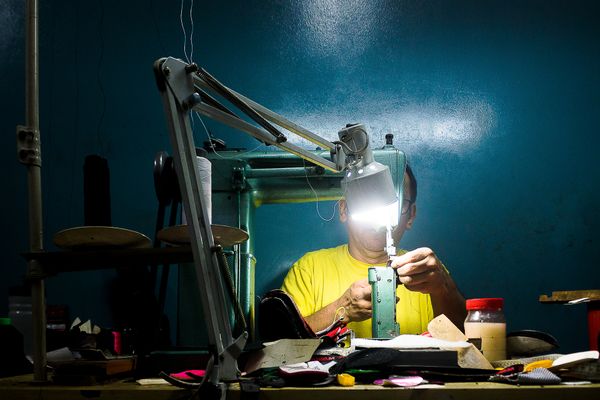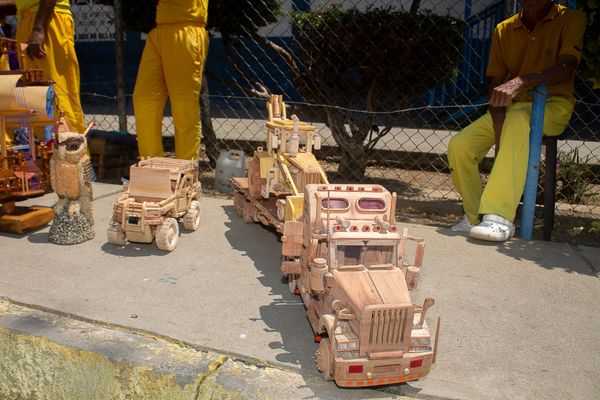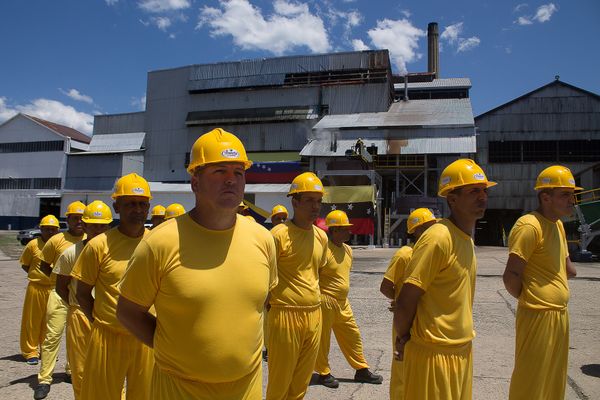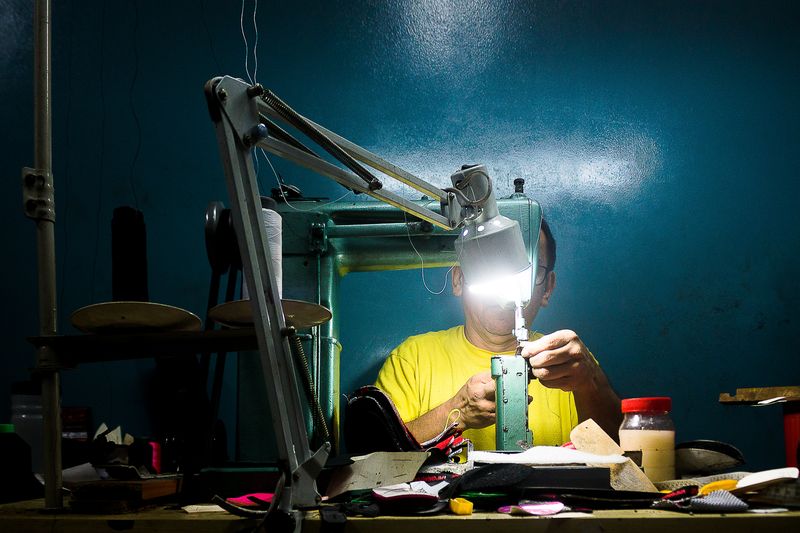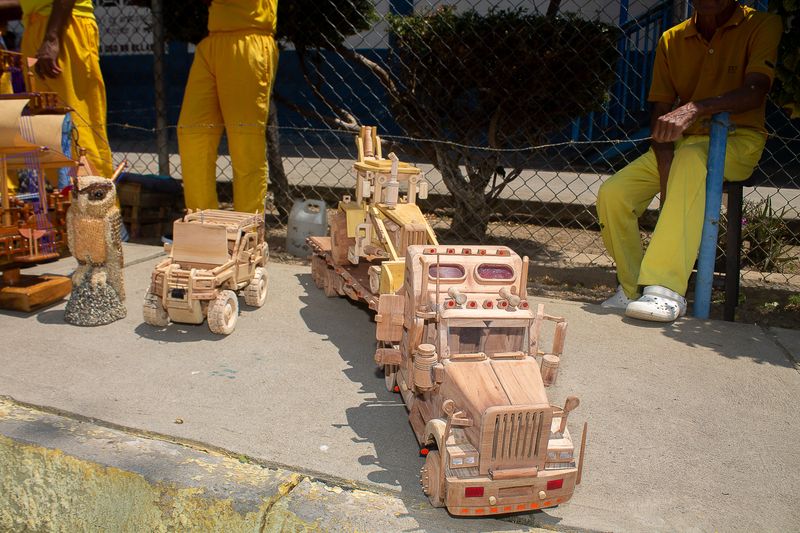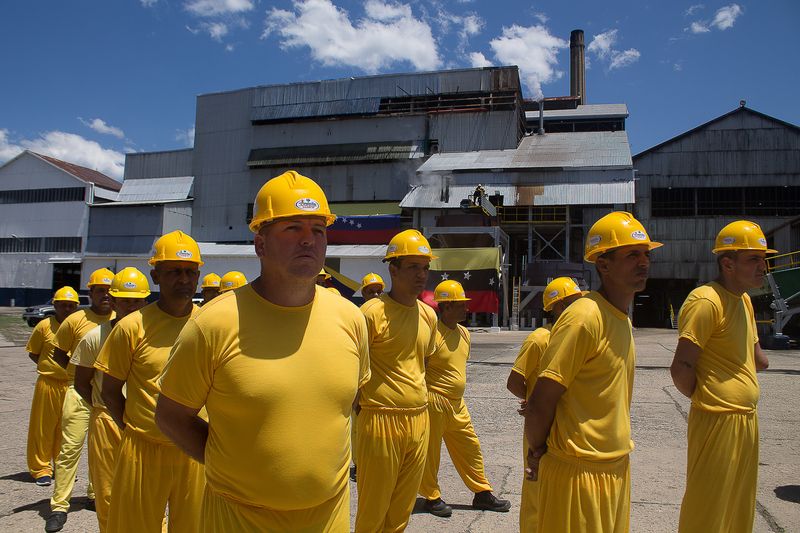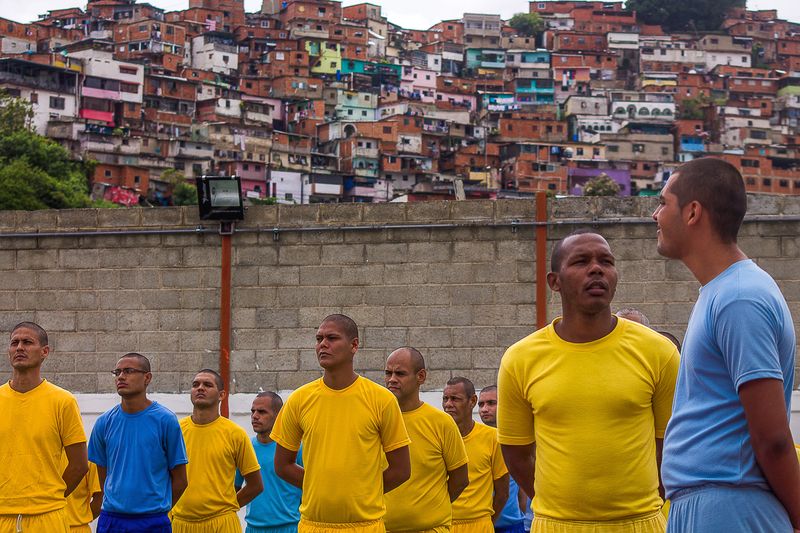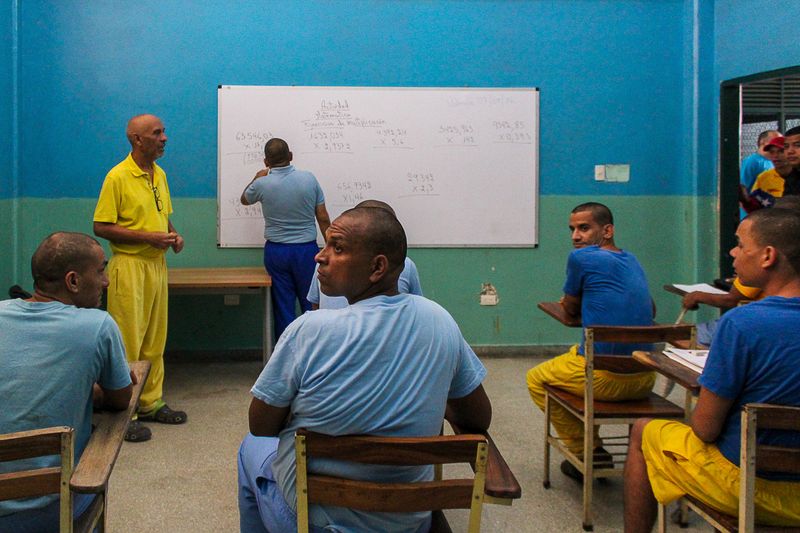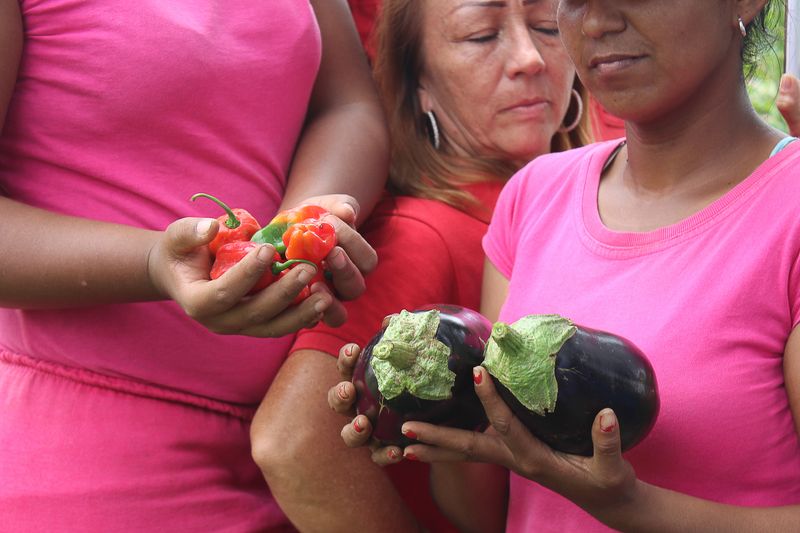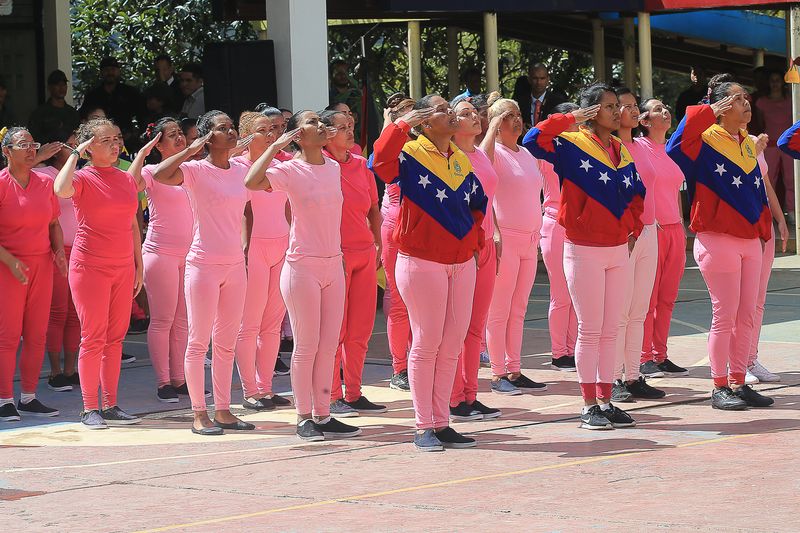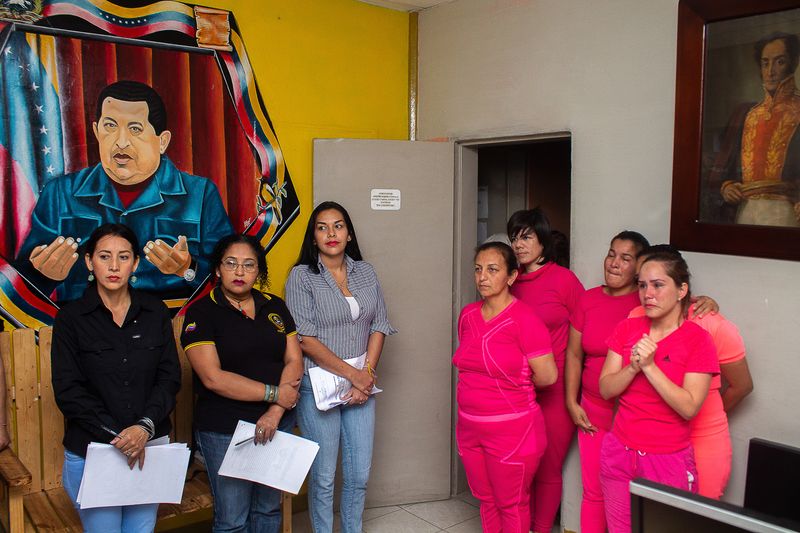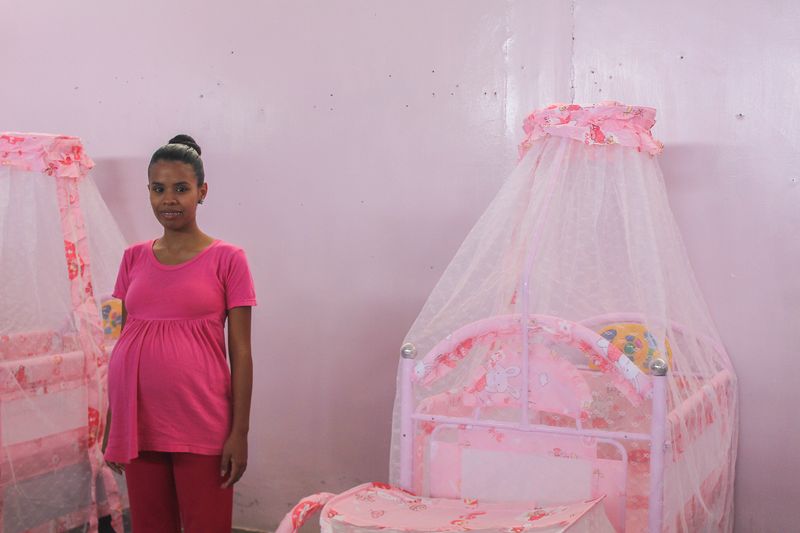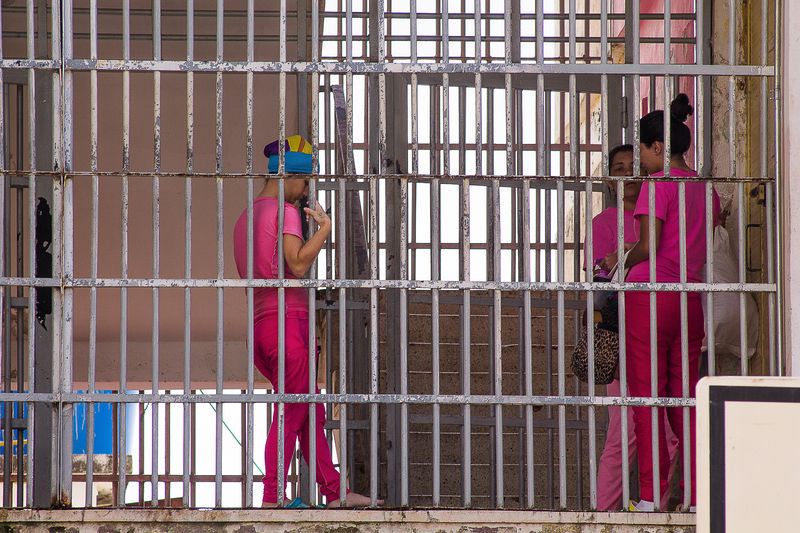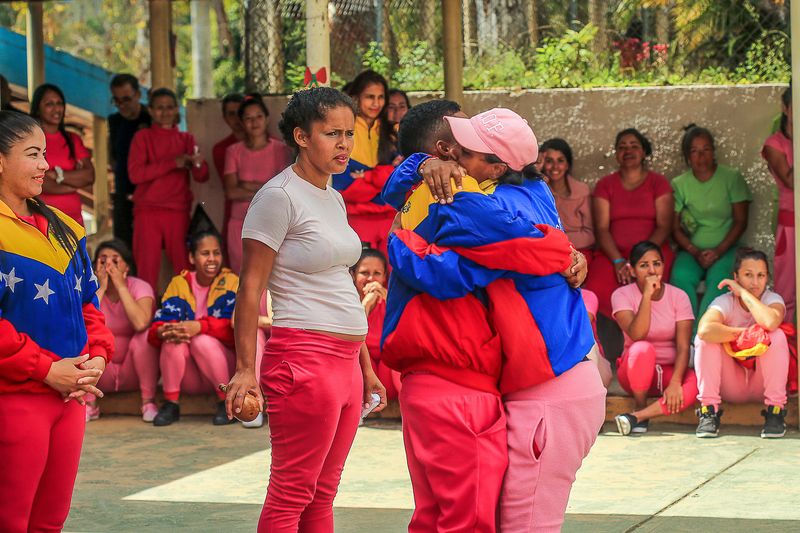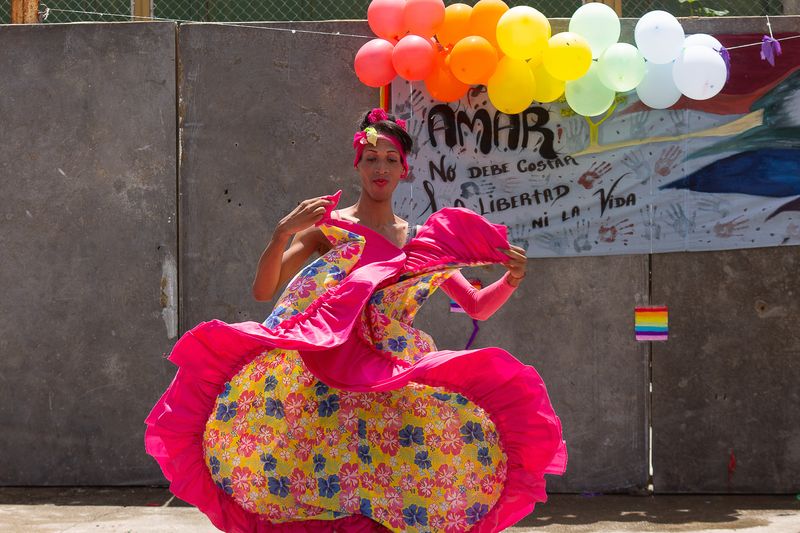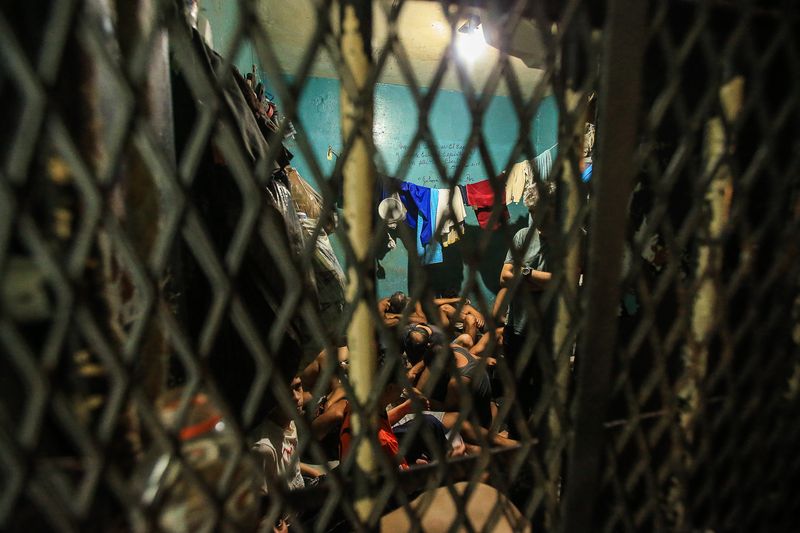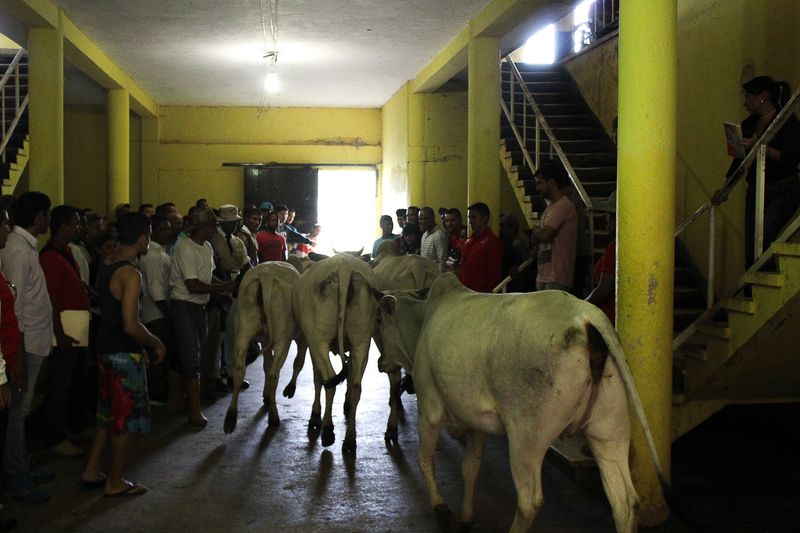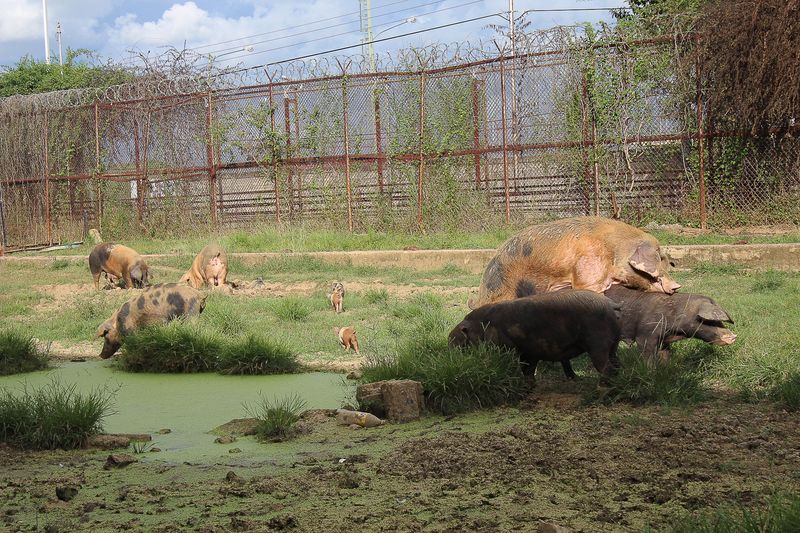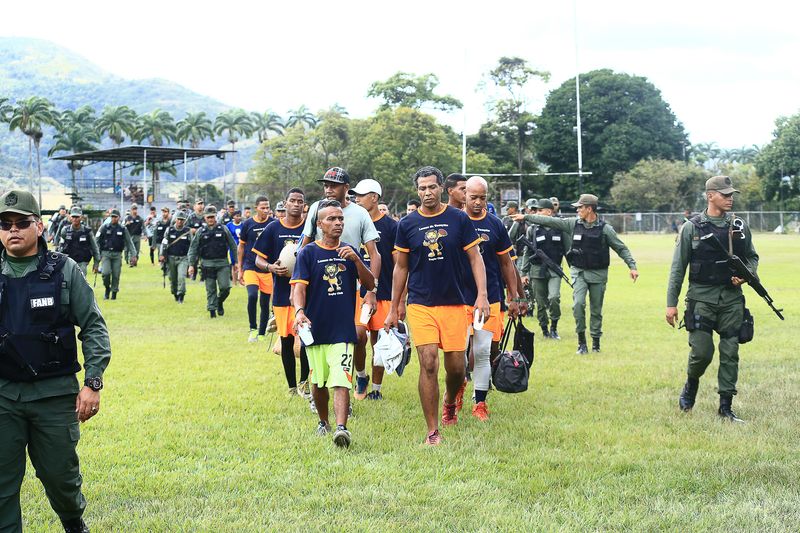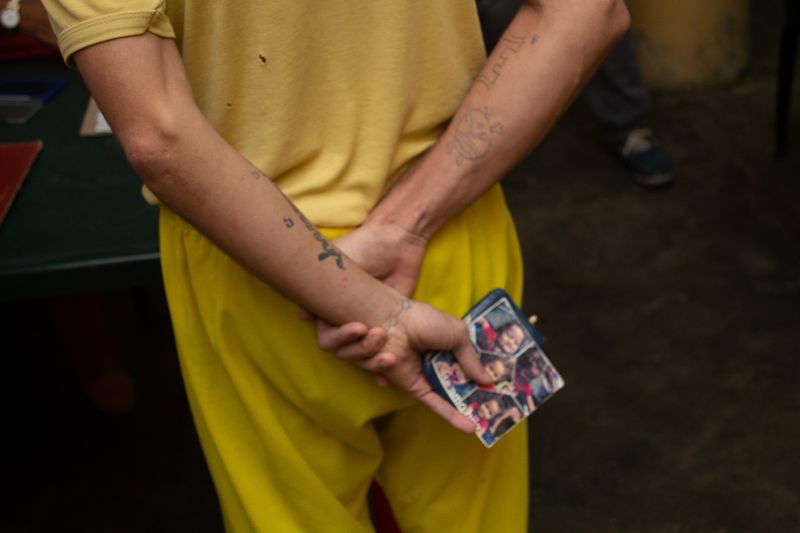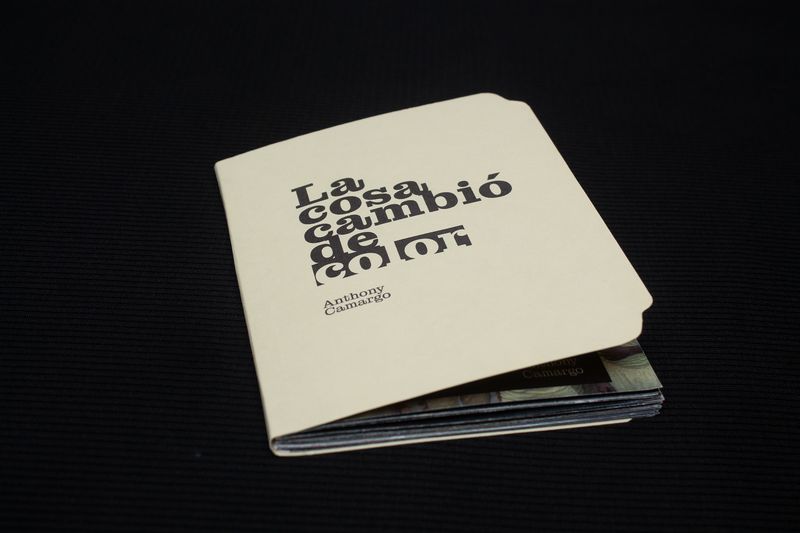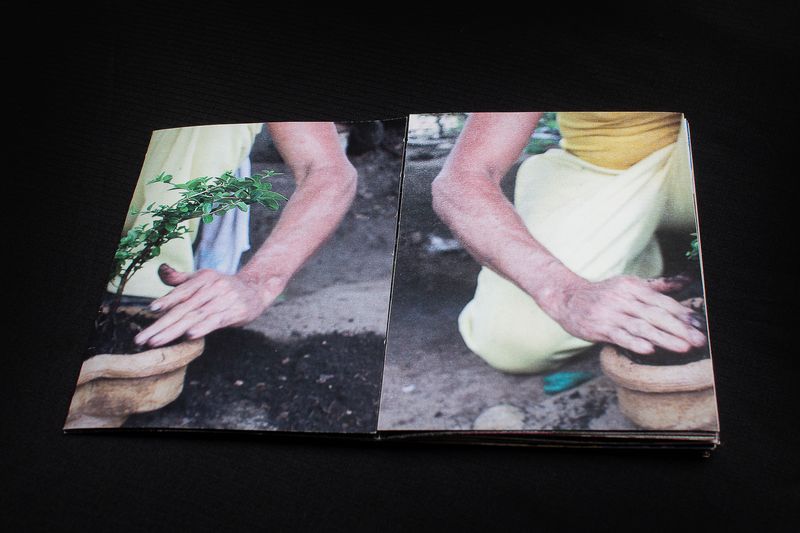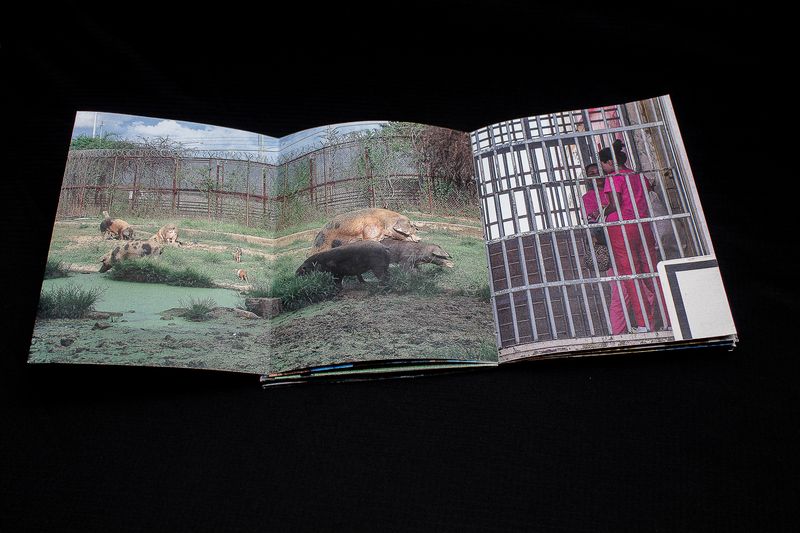La cosa cambió de color
-
Dates2016 - 2024
-
Author
- Topics Awards
- Locations Caracas, Venezuela
Photographic archive of the author's experiences as a public employee in the press office of the Ministry for the Venezuelan Penitentiary Service between 2016 and 2021, where he records different realities in various prisons in the country
I've been a graphic designer and documentary photographer for approximately nine years. After completing my internship as a graphic designer, I ended up working in the press office of the Ministry of Penitentiary Services. For my thesis, I created a series of infographics about how the prison model worked, which the state called the new penitentiary regime at the time. The circumstances and context of my environment led me to research and explore the topic.
From my experience as a public employee, I approach the different realities of Venezuelan prisons in my work with a very close eye. This was part of my daily life, and at first, my purpose wasn't to tell a story; I didn't know what the future of these photographs would be. I ended up with a seven-year archive of records, driven by a sense of belonging and the preservation of historical memory. One thing I was clear about was the importance of what was happening around me. Despite this being a topic that has been addressed many times through photography in Venezuela, access to the system is not easy.
During this period, prison in Venezuela has undergone important transformations seeking to achieve a system that is successful in the social reintegration of individuals, but despite the work done, it continues to be the final link in the justice system where violence is the protagonist.
This journey of changes has left traces that allow us to begin to narrate how this process has been in Venezuelan history and this project approaches photography from an aesthetic where color is the protagonist to show realities where the human dignity of the photographed individual stands out despite their conditions of confinement. It is still a historical document to show a little of what happened in the different realities of the lives of the protagonists.
How do they look?
What do they do while they are imprisoned?
What are their spaces like?
Are they all treated equally?
If you were in prison, would you have to go through the same thing?
Is what is said about prison just fiction?
The crossed-out words on the inside back cover of the book represent different derogatory terms used to refer to incarcerated people in Latin America. The word "deprived of liberty" is highlighted to refer to these people with human dignity.
I stopped working for the Ministry of Prisons in 2023, but my last visit to a Venezuelan prison was in 2021. After that, I dedicated myself to organizing my archive. I thought for the first time that I had a solid body of work in 2023, when I made a small fanzine. Then in 2024, after various training courses on photobooks, I obtained this model that I propose, which was possible thanks to the mentorships of photographers Santiago Escobar Jaramillo (Colombia) and Luis Cobelo (Venezuela), organized by the Urban Photography Archive, an institution dedicated to the dissemination of photography in Venezuela.
